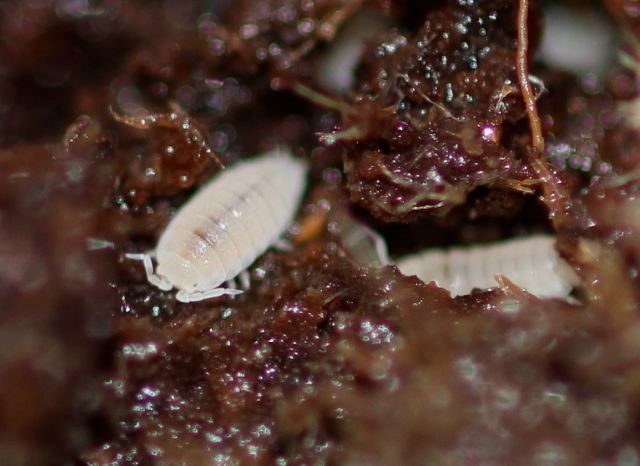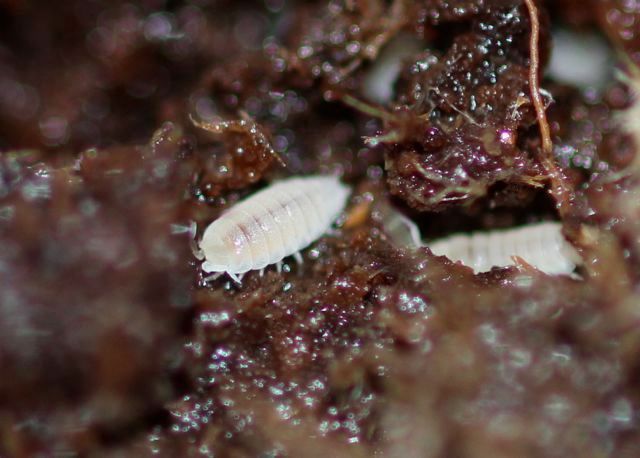MrCrackerpants
Parcoblatta
Yes, the are both vulgare. Good luck! That yellow is very coolI thought so, but I have some giant solid colored adults. So, I am assuming there are two different variations in this population. I'm just trying to see if I can separate them.
Unless of course they are different species, but I'm pretty sure both are A. vulgare. They were found just north of Atlanta.
Last edited by a moderator:



